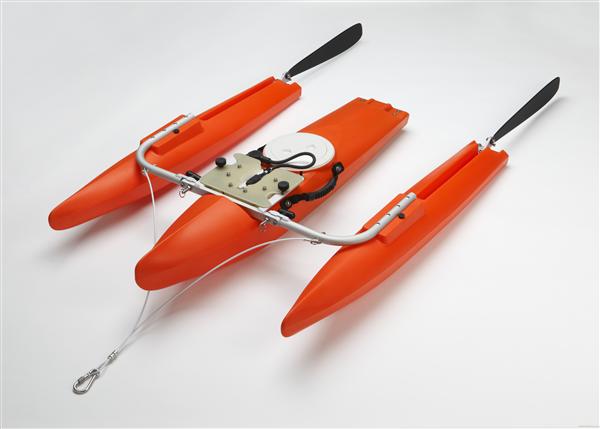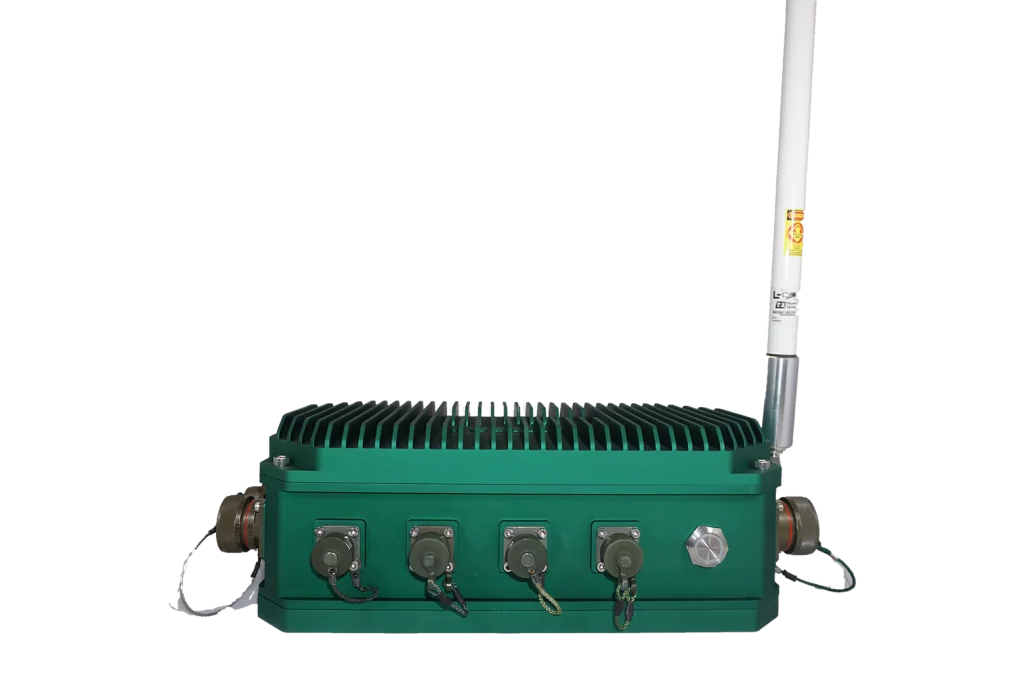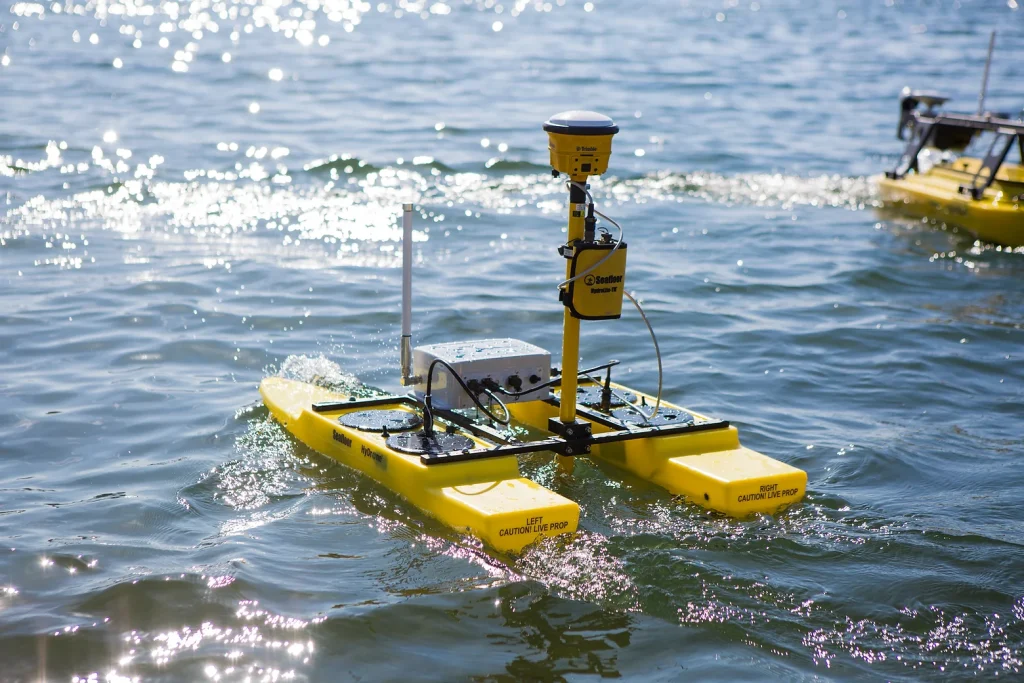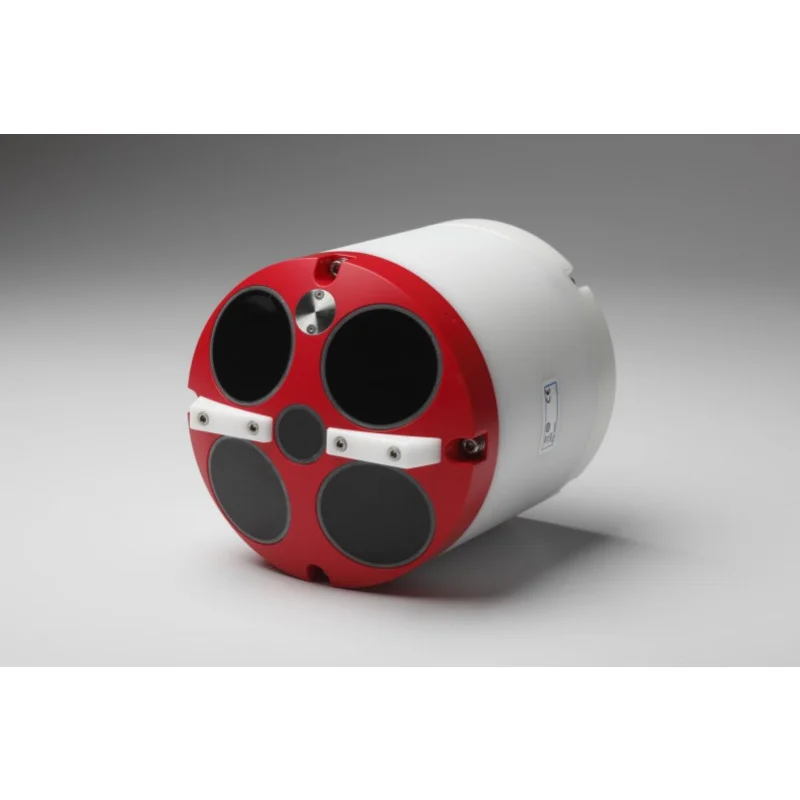BlueZone partners with over 50
world-leading original equipment
manufacturers and systems providers
Teledyne RDI RiverRay ADCP
Teledyne RDI RiverRay ADCP
The RiverRay is designed to measure real-time current
profiles from temporary or permanent mounting in a vessel. The RiverRay system
consists of a RiverRay ADCP, float, cables, and software. The input power
requirements for the RiverRay are +12 VDC. The RiverRay system requires the
addition of a Windows® compatible computer to collect data.
The transducer assembly contains the transducer ceramics and
electronics. The standard acoustic frequencyis 600 kHz. The RiverRay is
intended to be operated as a surface mounted system only. No depth rating is
provided. The float is designed to maintain the transducer at a constant depth in
the water with minimal water flow disturbance.
Key Features
Up to 25-hour mission duration
Speeds up to 4.2 knots
Increased module payload capacity
Search and recovery
Hydrography
Deep sea mineral exploration
Marine & Fisheries research
Product Enquiry
Related products
The AutoNav Plus™ combines the AutoNav™ control system, which enables USVs to navigate pre-programmed survey routes, with a long range communication control system and built-in computer for data logging and...
Read moreThe 1200 kHz RiverPro intelligent river discharge measurement system is most suitable for Australian river applications
Read moreRelated Articles
Ahead of the Tide: A Year of Milestones and Momentum- A Letter from the Director
By Neil Hodges, Managing Director, BlueZone Group As 2025 draws to a close, it’s a moment to reflect on a year that has been nothing short of transformative for...
Read MoreGlobal Journeys, Fresh Faces and Capability Growth That Sets the Stage for the Future For BlueZone Group, 2025 has been nothing short of transformative — a year defined by...
Read MoreSafer Summers: Innovation Beneath the Waves with ArtemisSAR and StarFish
The Advanced Sonar Systems Giving Surf Life Savers the Tools to Protect Lives with Greater Speed, Safety, and Confidence As we turn the page into Aussie summer, the rhythm...
Read More



